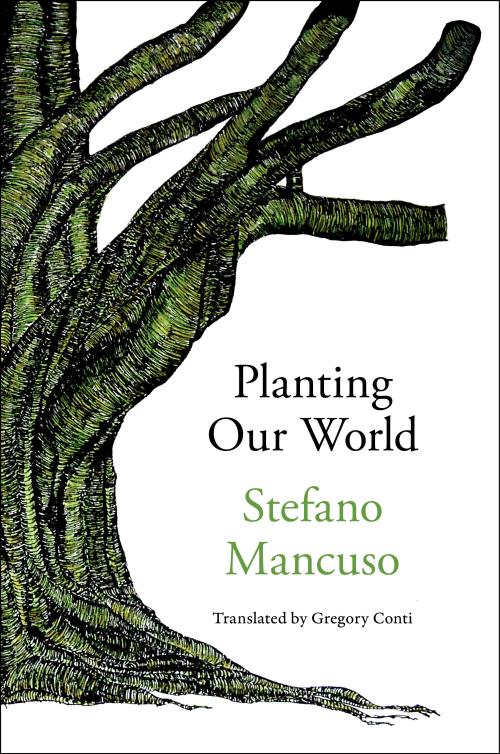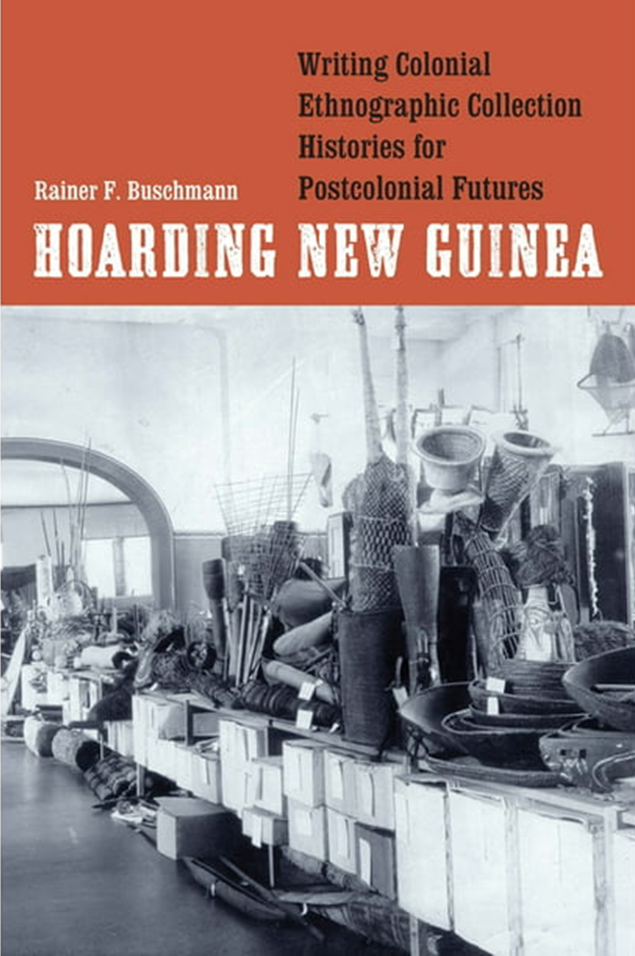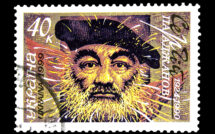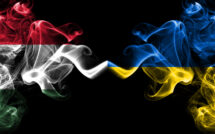
 Age of Emergency: Living with Violence at the End of the British Empire
Age of Emergency: Living with Violence at the End of the British Empire
By Erik Linstrum
Publisher: Oxford University Press
Recommended by Taylor Soja
How much did everyday Britons know about the colonial violence that marked the end of the British empire, and what did they think about it? As is well-known, the post-1945 British empire was marked by a series of “emergencies”—a quintessentially British euphemism used to describe violent wars of decolonization in places as diverse as Kenya, Cyprus, Malaya, and beyond. But Linstrum’s new investigation of the postwar “atmosphere” of colonial violence shows that Britons knew more than we might assume about the violent facts of British decolonization and that different groups in Britain “learned to live with the violence” of decolonization in different ways. In a series of chapters that explore the reactions of left-wing critics and right-wing supporters of empire, of British humanitarians and religious groups, of journalists, TV writers, film producers, and more, Linstrum demonstrates the wide range of reactions that Britons had to the wars being fought in their name. Although these reactions varied widely—some Britons responded by enthusiastically embracing the violence of these conflicts while others worked to keep the facts secret or campaigned forcefully against the violence of decolonization—Linstrum shows that Britons knew and had to live with the reality of how their empire happened and how it ended. As Britons and other Europeans continue to confront the legacies of empire and especially of colonial violence today, this book is an urgent read for anyone interested in questions of culpability, knowledge, and what comes next for former colonial powers.
 Planting Our World
Planting Our World
By Stefano Mancuso (translated by Gregory Conti)
Publisher: Other Press
Recommended by Elizabeth B. Jones
In Planting Our World, Italian neurobiologist Stefano Mancuso uses his uncommon gifts as a storyteller to argue for the centrality of plants, especially trees, to the survival and prosperity of humankind. Mancuso has published widely about plant intelligence and behavior, including four previous books available in English. His work is always passionate, entertaining, persuasive, and accessible to general readers, but in Planting Our World, Mancuso adopts the tone of a close friend bursting with excitement to tell you all about what you have been missing and why it so desperately matters. From the outset, his light-hearted, personal confidences forge an intimacy with readers; the subtext: subjectivity is not only a legitimate scientific tool for enacting positive change, but an essential one.
Mancuso gently but persistently reminds readers that while humans and animals comprise just 0.3 percent of the earth’s biomass, plants make up a colossal 85 percent. Planting Our World is as much about Mancuso’s contagious incredulity at this simple fact as it is a reminder that the survival of humankind depends on whether we can learn to see, hear, study, respect, and learn from plants. Eight eloquent chapters take readers on a whirlwind tour of human efforts to understand trees’ contributions to our well-being, whether in the form of rooftop gardens to cool and calm sweltering cities, the ethereal tones coaxed out of red spruce trees by Italian luthiers and violinists (Stradivarius being the best known), or the insights of forensic botany to revolutionize the search for criminal evidence. By highlighting instances when plants nudged humans to reject the stubborn and damaging mental hierarchy that positions us as incontrovertibly superior beings, Mancuso exposes the profusion of wisdom they offer humanity about cooperation, community, and reciprocity. Never preachy, Planting Our World is both a blueprint for how to start learning from the earth’s vegetal majorities and a manifesto about how much we have to gain by paying attention.
 Hoarding New Guinea: Writing Colonial Ethnographic Collection Histories for Postcolonial Futures
Hoarding New Guinea: Writing Colonial Ethnographic Collection Histories for Postcolonial Futures
By Rainer F. Buschmann
Publisher: University of Nebraska Press
Recommended by Hélène B. Ducros
In Hoarding New Guinea, Rainer F. Buschmann relies on the link between the history of ethnographic and art museums and imperial histories to investigate how Europeans have engaged with Indigenous material culture in German New Guinea and how Indigenous populations have in turn reacted to the Europeans’ acquisition quest and appetite for artifacts—a practice of systematic accumulation he captures in the term “hoarding.” The author focuses on Oceanic culture to tease out the notion of valuation of cultural objects (in terms of barter, commercial, prestige, or propaganda value) and the factors that guided Europeans in their collecting (ir)rationales. In innovatively presenting both sides of this exchange, Buschmann offers a timely book that can be inscribed in the general discussion on the colonial archive and collections of Indigenous artifacts around the world—a topic Katrin Sieg and Hélène Ducros have taken up earlier this year in EuropeNow as part of a special feature discussing the decolonizing of European memory cultures. However, while this book is anchored in the usual provenance and appropriation debates, the author here also complexifies the issue of local agency as he recognizes the power of Indigenous populations as producers and circulators of artifacts.
Across the book’s four chapters, Buschmann uses the concept of fluidity to explain that value emerged through a two-way process in which both Europeans and Indigenous peoples reciprocated and that “ethnographic borderlands” developed in German New Guinea in ways that, far from being crystallized through European gazes, were embedded in regional networks and exchange systems not spatially fixed. Among many illuminating topics, the book addresses the connection between the materiality of colonial artifacts and governmentality, the transformation of Indigenous material culture in the face of European demand, the origin of the necessary investment capital for the acquisition of artifacts and the channels through which these artifacts were sold, and how different colonial populations took part in this market—for example how missionaries were able to obtain much needed cash flow by sourcing artifacts for collection curators in Europe. Also of great interest is the volume’s Appendix, in which the author provides several exhaustive listings surveying the number of pieces that were transported out of German New Guinea via five major collection networks between 1880 and 1920, yielding a ballpark figure of 200,000 extracted objects. This book will fascinate scholars in museum studies, postcolonial studies, memory studies, cultural geography, and anyone interested in tracing the history of material culture. Beyond the case study and geographic focus, this scholarship will also inform explorations into local colonial collections in other parts of the world, from Africa to Canada. By making space for Indigenous actions and reactions, the study will become a model for the decentering of historical studies on colonial artifacts.
Published on September 12, 2023.




